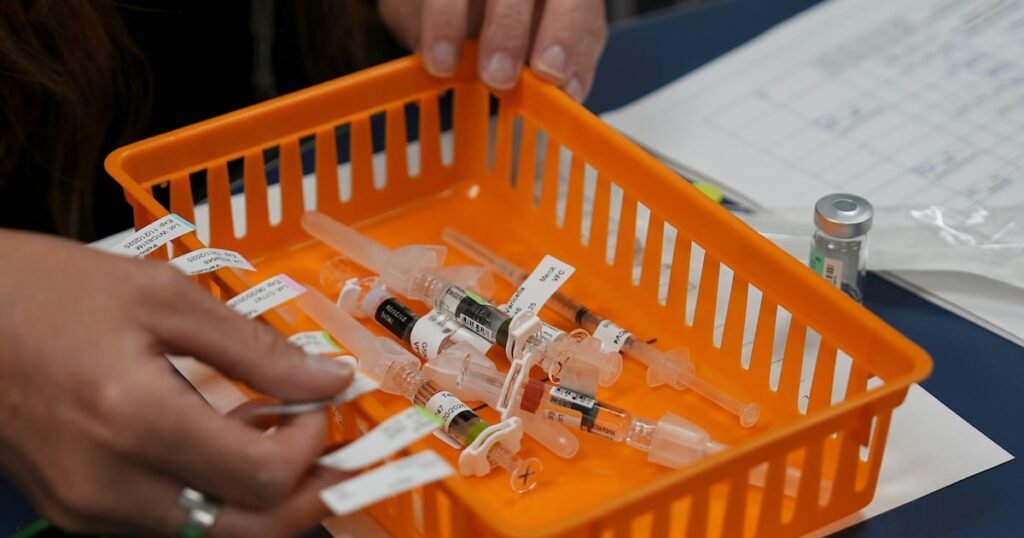The sad irony of our time is that not long after science miraculously created vaccinations against terrible diseases, more and more people are refusing them. Even worse, parents are refusing them for their children.
Last week, the Centers for Disease Control and Prevention released data showing that vaccinations of kindergarteners nationwide decreased for all types of vaccines in the 2023-24 school year. The proportion of children vaccinated ranged from 92.3% for diphtheria, tetanus, and pertussis to 92.7% for measles, mumps, and rubella.
While these numbers may seem comfortably high, they are actually not.
Health officials say a 95% infection rate is needed to prevent a single infection from turning into a dangerous epidemic.
As KSL reported last month, vaccination rates are also declining in Utah. Meanwhile, measles, a disease once thought to have been eradicated, is starting to surge again in various parts of the United States, including Oregon.
According to statistics from immunize.utah.gov, only 87% of Utah kindergartners were properly immunized during the last school year. Before the coronavirus pandemic, this number was 90%. The percentage of students seeking vaccination exemptions has increased from 5% before the pandemic to 7.9% now.
These numbers are for in-person kindergartners only. The state said the exemption rate is much higher for the small number of students who attend virtually.
These statistics can be difficult to understand. What is important to note is that this trend is alarming and the long-term impact on society could be devastating.
Today’s young parents may not understand that nearly 70 years ago, similar parents lived in constant fear. Their children were at constant risk of contracting diseases that could cripple or kill them, such as polio and measles.
There is no more powerful example than polio. The CDC reports that between 1951 and 1954, an average of 16,316 cases of paralytic polio were reported each year in the United States, resulting in 1,879 deaths. The polio vaccine was licensed in 1955. Since 1991, all natural transmission of the disease has been eliminated from the Western Hemisphere.
What a blessing this is, especially considering there is no cure for this disease. What a waste it would be to forget this!
According to the CDC, from 1958 to 1962, an average of 503,282 measles cases and 432 measles-related deaths were reported each year. The measles vaccine first became available in 1963, and cases have since declined dramatically. According to the CDC, only 89 cases and no deaths were reported in 1998. All cases were likely brought into the country from elsewhere.
Vaccines not only saved lives, they also saved money. “In 1994, every dollar spent on measles-containing vaccines saved $10.30 in direct medical costs and $3.20 in indirect social costs,” the CDC said.
However, in 2024, as of October 4, 264 measles cases have been reported across the country, 110 of which were in children under the age of five. Of these total cases, 41% required hospitalization due to complications.
PBS recently quoted Dr. Raynard Washington, chairman of the Metropolitan Health Coalition, which represents 35 large metropolitan public health departments, as saying that these infection rates are among the alarming rates of whooping cough and other vaccine-preventable diseases. This is consistent with a steady increase, he said.
“We are all facing an emerging epidemic across the country,” he said.
It doesn’t have to be that way.
Ironically, international groups such as the Vaccine Alliance, GAVI, are finally bringing much-needed vaccines to developing countries plagued by certain preventable diseases.
As the world’s richest and most developed nation, it is not time for the United States to forget one of the reasons for its progress and slip back into an era of health anxiety.

